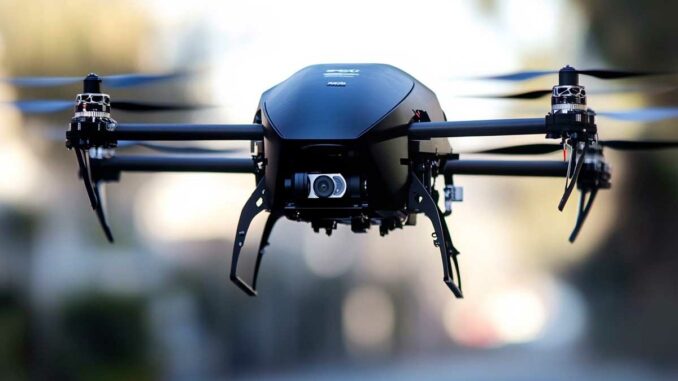
3D printing facilitates the manufacture of weapons by criminal and terrorist groups, posing new challenges for authorities.
3D printing, initially hailed for its industrial applications, is now being exploited by criminal and terrorist groups to manufacture firearms. Models such as the FGC-9 and Urutau can be produced with inexpensive printers and readily available materials, making them difficult to trace. At the same time, armed forces are adopting this technology for rapid manufacturing of parts in the field, improving their responsiveness. However, this duality raises concerns about security and regulation.
The proliferation of 3D-printed weapons
Since 2020, the use of 3D-printed firearms has seen a significant increase among criminal and terrorist networks. Models such as the FGC-9, designed to be assembled without regulated parts, have become popular due to their ease of manufacture and effectiveness. The Urutau, a 9mm semi-automatic rifle, is also notable for its simplicity of construction and rapid dissemination via plans available online.
The ease of access to these technologies poses a major challenge for authorities. Desktop 3D printers, available for a few hundred dollars, allow the production of plastic or metal weapon components. The necessary materials, such as reinforced polymers and metal powders, are also easily accessible. This situation complicates the regulation and monitoring of the manufacture of unauthorized weapons.
Adoption of 3D printing by the armed forces
Armed forces around the world are integrating 3D printing to improve their logistics and operational efficiency. In the United States, the Army established Mobile Parts Hospitals (MPHs) in 2003, incorporating 3D printers to produce replacement parts in the field. In 2013, these facilities evolved into Expeditionary Laboratories (Ex Labs), which are more compact and capable of designing and manufacturing components on demand.
In France, the army has adopted 3D printing for its operations in the Sahel, enabling the rapid production of essential parts and reducing supply times. The French Navy has also approved the use of Meltio technology for printing metal parts, with a view to integrating it on board ships for repairs at sea.
The global market for military 3D printing is booming, with an estimated annual growth rate of 24.8%, from $0.88 billion in 2021 to $7.5 billion in 2031.

Security implications of the democratization of 3D printing
The democratization of 3D printing raises security concerns. The ease of manufacturing untraceable weapons complicates law enforcement efforts to control the proliferation of firearms. Incidents such as the use of printed weapons in terrorist attacks illustrate the risks associated with this technology.
Authorities must adapt their strategies to address these new threats. This includes implementing specific regulations, monitoring sales of 3D printers and sensitive materials, and collaborating internationally to control the dissemination of weapon blueprints online.
Towards appropriate regulation of 3D printing
In light of the challenges posed by 3D printing, appropriate regulation is necessary. This involves creating specific legal frameworks to regulate the manufacture of weapons using this technology. Initiatives such as banning the possession of printable weapon blueprints or requiring manufacturers to incorporate detection devices into printers are being considered.
In addition, raising awareness among users and manufacturers of the risks associated with 3D printing of weapons is essential. Information campaigns and training can help prevent the malicious use of this technology.
3D printing represents both a major technological advance and a security challenge. While it offers opportunities for the armed forces and industry, it also facilitates the manufacture of weapons by non-state actors. Appropriate regulation, combined with awareness-raising and monitoring efforts, is essential to reap the benefits of this technology while minimizing its risks.
War Wings Daily is an independant magazine.